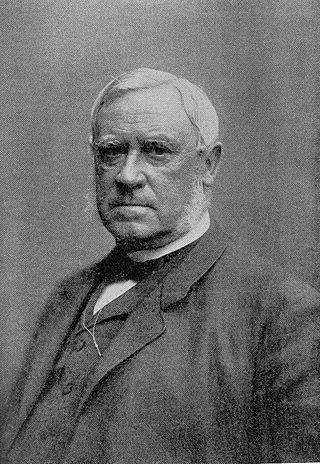
Baron Louis Gerard De Geeraf Finspång was a Swedish statesman, lawyer and writer. He was the first Prime Minister of Sweden.

Strähle's construction is a geometric method for determining the lengths for a series of vibrating strings with uniform diameters and tensions to sound pitches in a specific rational tempered musical tuning. It was first published in the 1743 Proceedings of the Royal Swedish Academy of Sciences by Swedish master organ maker Daniel Stråhle (1700–1746). The Academy's secretary Jacob Faggot appended a miscalculated set of pitches to the article, and these figures were reproduced by Friedrich Wilhelm Marpurg in Versuch über die musikalische Temperatur in 1776. Several German textbooks published about 1800 reported that the mistake was first identified by Christlieb Benedikt Funk in 1779, but the construction itself appears to have received little notice until the middle of the twentieth century when tuning theorist J. Murray Barbour presented it as a good method for approximating equal temperament and similar exponentials of small roots, and generalized its underlying mathematical principles.
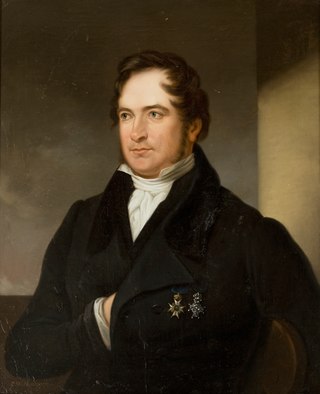
Erik Gustaf Geijer was a Swedish writer, historian, poet, romantic critic of political economy, philosopher, and composer. His writings served to promote Swedish National Romanticism. He was an influential advocate of conservatism, but switched to liberalism later in life.
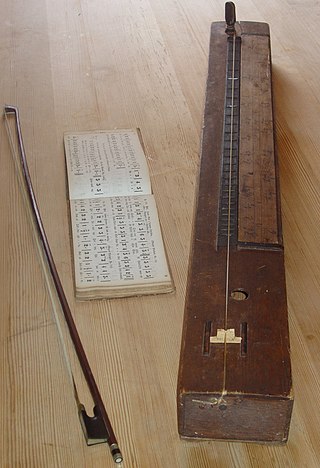
The psalmodicon is a stringed musical instrument; the most common variants have a single string. It was developed in Scandinavia for simplifying music in churches and schools, and as an alternative to the fiddle for sacred music. The instrument could be plucked or bowed. Beginning in the early 19th century, it was adopted by many rural churches in Scandinavia; later, immigrants brought the instrument to the United States.
Ralph Harold Lundsten was a Swedish composer of electronic music, as well as a film director, visual artist, and author.

Nationalsocialistiska Arbetarepartiet was a Swedish political party that initially espoused Nazism before adopting a more indigenous form of fascism. It was also widely infamous under the name Svensk socialistisk samling, which was generally among the public called "Lindholmarna".
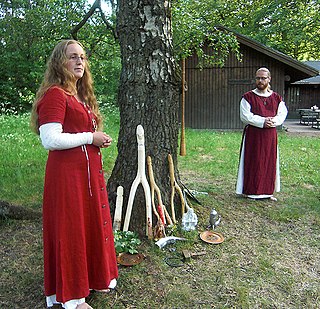
The Community of Forn Sed Sweden, formerly the Swedish Asatro Community is a heathen organization founded in 1994.
Swedish folk music is a genre of music based largely on folkloric collection work that began in the early 19th century in Sweden. The primary instrument of Swedish folk music is the fiddle. Another common instrument, unique to Swedish traditions, is the nyckelharpa. Most Swedish instrumental folk music is dance music; the signature music and dance form within Swedish folk music is the polska. Vocal and instrumental traditions in Sweden have tended to share tunes historically, though they have been performed separately. Beginning with the folk music revival of the 1970s, vocalists and instrumentalists have also begun to perform together in folk music ensembles.

Fleringe is a populated area, a socken, on the Swedish island of Gotland. It comprises the same area as the administrative Fleringe District, established on 1 January 2016.
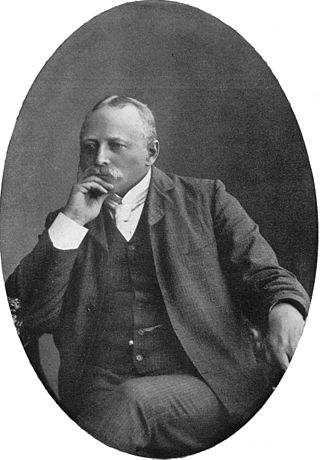
Hans Larsson was a Swedish Professor of Philosophy at Lund University, Sweden and a Member of the Swedish Academy (1925-1944), chair no. 15. He was known in Sweden as Kloke-Hans.

Socken is the name used for a part of a county in Sweden. In Denmark similar areas are known as sogn, in Norway sokn or sogn and in Finland pitäjä(socken). A socken is a country-side area that was formed around a church, typically in the Middle Ages. A socken originally served as a parish. Later it also served as a civil parish or an administrative parish, and became a predecessor to today's municipalities of Sweden, Finland, Norway and Denmark. Today it is a traditional area with frozen borders, in Sweden typically identical to those of the early 20th century country-side parishes. The socken also served as a registration unit for buildings, in Sweden recently replaced by identical districts as registration unit. A socken consists of several villages and industry localities, and is typically named after the main village and the original church.
Andreas Laurenitt Hackzelius was a priest of the Church of Sweden.

Karin Aasma was an Estonian-Swedish art historian.

Lojsta is a populated area, a socken, on the Swedish island of Gotland. It comprises the same area as the administrative Lojsta District, established on 1 January 2016.
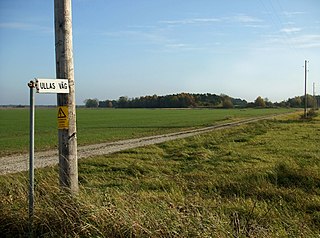
Barlingbo is a populated area, a socken, on the Swedish island of Gotland. It comprises the same area as the administrative Barlingbo District, established on 1 January 2016. It is mostly known for the Stafva Manor, the largest cheese producer, and once one of the largest farms, on Gotland.

Olof Harry "Olle" Nordemar was a Swedish film director, film editor, film producer, cinematographer and screenwriter. Nordemar is best known as the producer behind Olle Hellbom's films based on novels by Astrid Lindgren. Nordemar edited and produced the Norwegian-Swedish documentary Kon-Tiki (1950) which received the Academy Award for Best Documentary Feature for 1951 at the 24th Academy Awards.

Fredrik Karl Kristian Högberg, born 5 February 1971 in Vellinge, Sweden, is a Swedish composer and producer. He resides in the old courthouse in Nyland, Ångermanland (mid-Sweden).

Knut Martin Stjerna was a Swedish archaeologist and scholar, notable for a number of papers analyzing Beowulf from an archaeological perspective. He was a lecturer at Uppsala University, where he taught, among others, Birger Nerman and Sune Lindqvist.

Bo Gunnar Bjelfvenstam is a Swedish actor, film director and author.

















